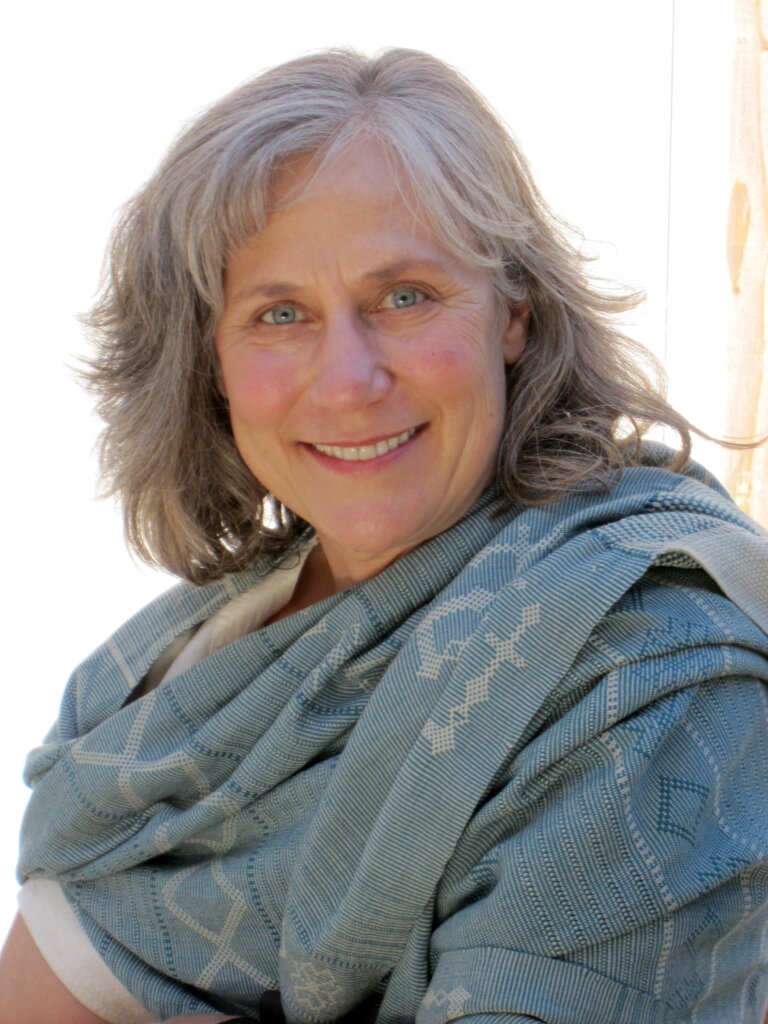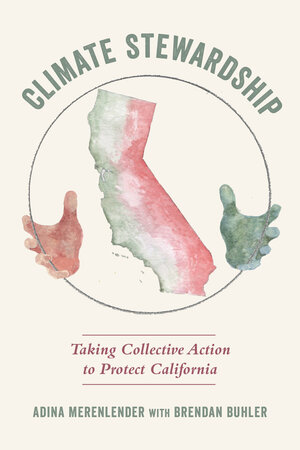As part of our #ESA2021 virtual conference series, we reached out to author Adina Merenlender to discuss her new book with Brendan Buhler, Climate Stewardship:Taking Collective Action to Protect California. The book takes readers on a journey to discover that all life is interconnected and shaped by climate and to learn how communities can help tackle climate change. Climate Stewardship shares stories from everyday people and shows how their actions enhance the resilience of communities and ecosystems across ten distinct bioregions. Climate science that justifies these actions is woven throughout, making it easy to learn about Earth’s complex systems. The authors interpret and communicate these stories in a way that is enjoyable, inspiring, and hopeful.
Adina Merenlender is an internationally recognized conservation biologist who has authored more than 100 published works. She currently works as a Cooperative Extension Specialist in the Environmental Science, Policy, and Management Department at UC Berkeley. Adina started the UC California Naturalist program and is now helping to build UC Climate Stewards to increase climate literacy and help citizens take an active role in climate stewardship. In addition to Climate Stewardship, she is also the co-author of Corridor Ecology and The California Naturalist Handbook.
What motivated you to write Climate Stewardship?
It’s easy to get depressed and overwhelmed by climate change. Negotiations between nation states don’t seem to be getting us anywhere as far as reducing global greenhouse gas emissions. It’s hard not to just reach for the Ben and Jerry’s in despair.
My colleagues and I wanted to start a positive movement to help people take action on climate change in their own communities. By creating a movement focused on community-scale actions, people have the opportunity to learn, interact and work together toward the transformation we need. Climate Stewardship is a path forward that brings joy through connection to others and nature, while building community resilience. With real, everyday community actions, we can collectively set the national trajectory and save the world.
Located in California, at the forefront of a lot of climate action, we are well-positioned to show how Climate Stewardship gets done across wild, agricultural and urban landscapes. We decided early on that the only way to “teach” climate stewardship is to show the reader what everyday people are doing to improve local ecosystems and community resilience.
The University of California system is focused on science-based information and so it was equally important to include information on the climate science that is most relevant to California’s ecosystems and therefore serves as the foundation for the changes needed. We also wanted the book to be an easy and enjoyable read for participants in the UC Climate Stewards certification course. Brendan Buhler worked to keep the stories moving and the reader smiling.
Can you tell us about a particular story or climate steward from the book that really exemplifies the meaning of climate stewardship?
Gosh, this is a tough question since there are so many great ones to choose from. I guess I would highlight Watts Labor Community Action Committee (WLCAC) and the work they are doing to establish urban gardens, prevent food waste, and improve access to healthy food in an urban food desert with a long history of environmental injustice. I spoke with Ava Post Koo, a certified UC California Naturalist, about the WLCAC. Post Koo talked frankly about the disconnect between what she learned about California’s environments and what she faces working in Watts. For example, the water is often not potable, the pollution burden is causing asthma, and the food environment is also a problem for public health. The residents want and deserve a cleaner environment and fresh food and that means cleaning the soil, planting trees, and redistributing fresh food. This disconnect is emblematic of the challenges we face in bridging environmental education and environmental justice.
Thankfully Post Koo has a strong understanding of science (specifically soil remediation and regenerative agriculture) and is working hard with the community to clean up soils, plant trees, and help establish individual and collective urban gardens. She also is instrumental in organizing the Mudtown Farmers Market, which leverages a huge volunteer effort to recover fresh food and prepare it for distribution at a free farmers market at the WLCAC. If you live in the LA area, contact WLAC to meet new friends, build a more just world, and take home some delicious fresh produce.
What is the key thing you hope readers take away from the book?
I hope the readers will be inspired by some of the collective climate actions described in the book and work with others in their community to make similar transformations. Doing this work can help us replace the anxiety we may feel about climate change with the joy that comes from working with others to strengthen ecosystems and community resilience.

